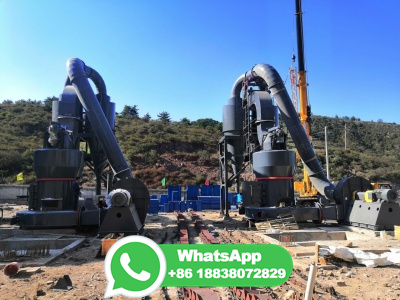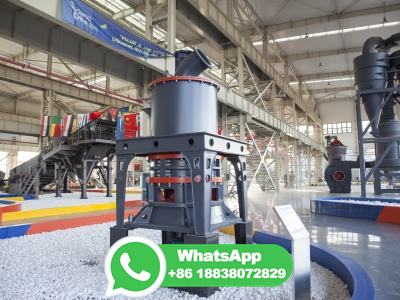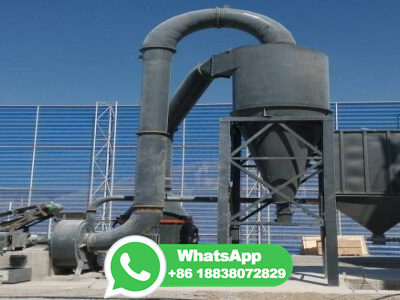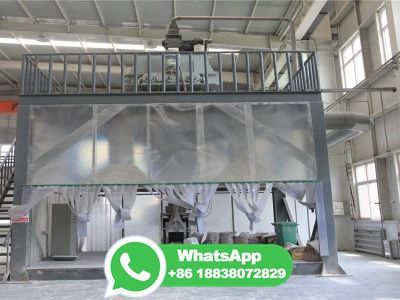Industrial perspective of the cokemaking technologies ScienceDirect
The operational efficiency of a coke plant depends on three vital aspects: first, the produced coke should meet the quality standards required for the use of modern blast furnaces; second, the environmental consideration; and third, the cost of the coke.
































